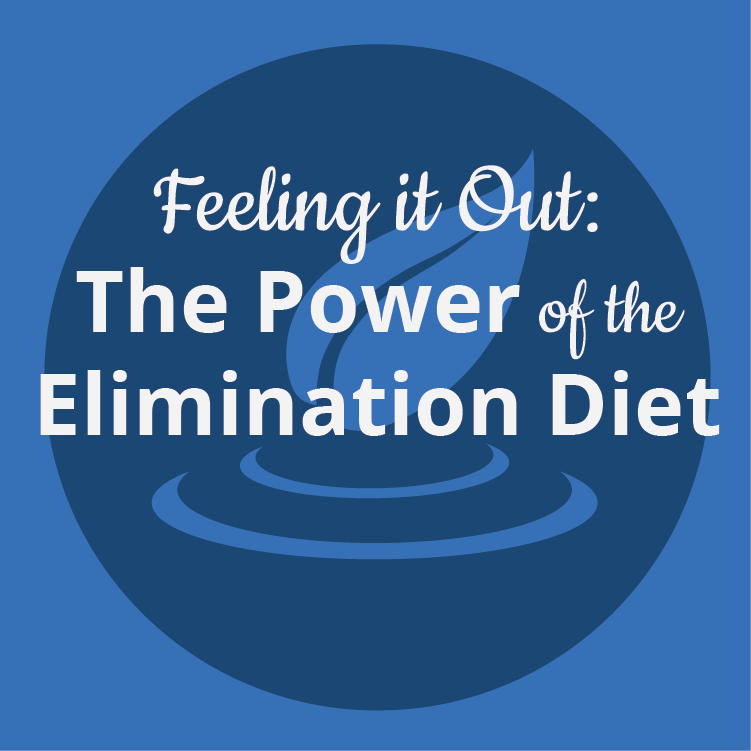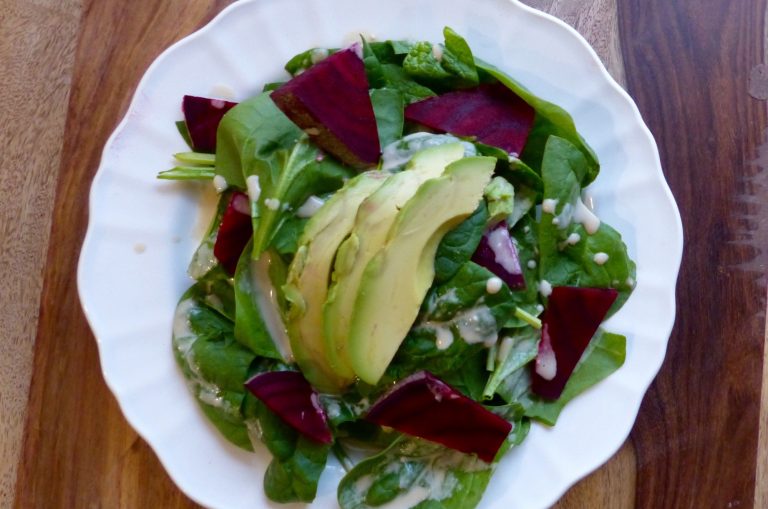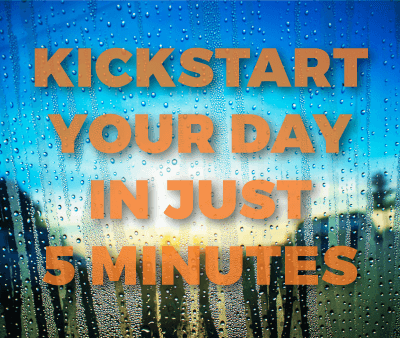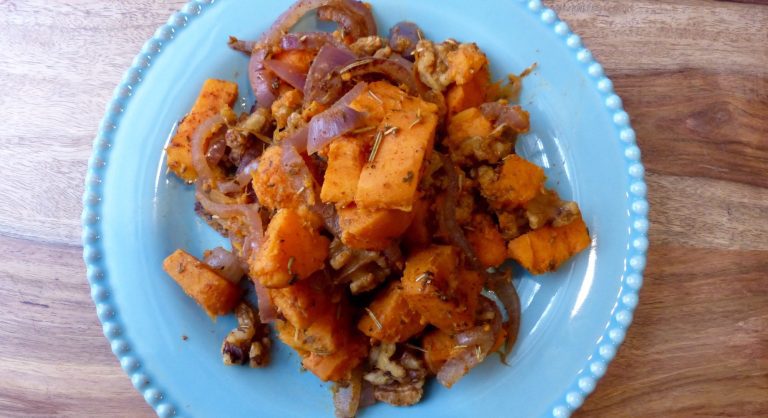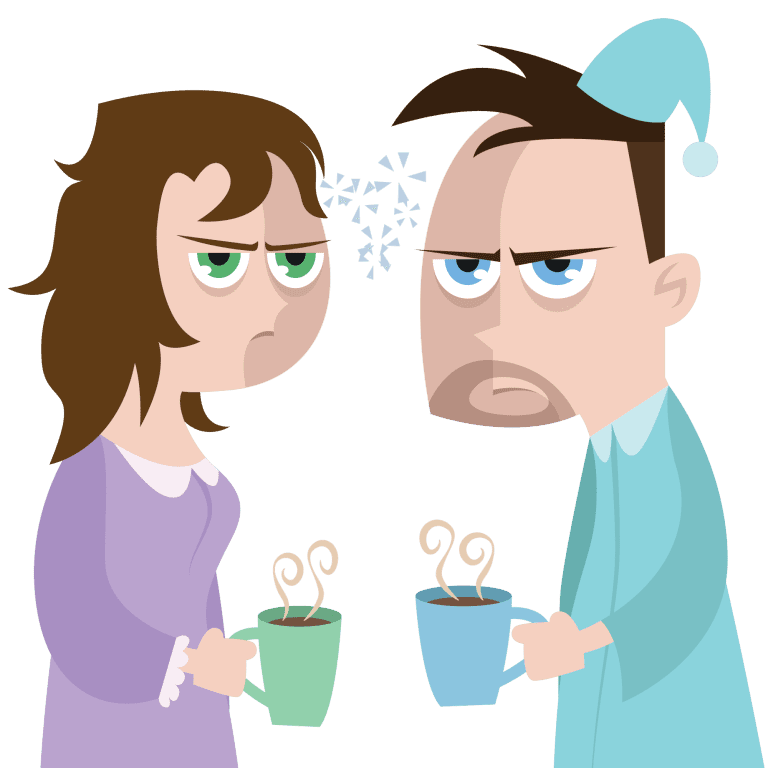Feeling it Out: The Power of the Elimination Diet
By Nicole Martin
September 13, 2016
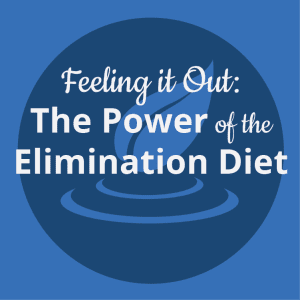
When most people hear the words “eliminate” and “diet” together, they think of deprivation. They think about giving up all the foods they currently eat. They picture a grey wasteland of bland foodstuffs and unfed cravings.
They think of misery.
What an elimination diet actually entails, though, is far less severe.
And the benefits of doing one are nothing short of miraculous.

How it Works
Given your current habits and symptoms of illness, a good nutrition coach is going to be able to look at all the evidence and pinpoint certain things that are causing havoc in your system. Dairy, gluten, soy, peanuts, corn tomatoes and other nightshade vegetables—all of these are common system triggers.
But we’d never go after all of them all at once.
Instead, it’s a systematic, scientific and gradual process.
After determining some of the types of foods that could be causing you problems, we choose one and eliminate it.
If it’s dairy, then obviously we eliminate milk, cheese, etc.
Instead of taking it out altogether and leaving you curled up in the fetal position with fever-dreams about never tasting a milkshake ever again, we supplement all things dairy with nutritious, delicious substitutions.
And even if that still sounds terrible, here’s the thing:
Once we pinpoint the triggering food (or foods) and they’ve been out of your system for a few weeks, it’s amazing how much better you will feel.
It’s a biological truth: Take out the stuff that’s causing the problem and the body automatically starts working at a far more optimized level. By which I mean: You will feel better.
Knowing How You Feel
And that’s where things start getting fun. After the cravings are gone (which don’t last that long, maybe a week or two at most) and you start to understand how it actually feels to not feel terrible all the time, that triggering food won’t appeal to you anymore.
We have this sense in this culture that cravings are some natural feeling. That they will persist no matter how long you stay away from the particular object of those cravings.

But it just doesn’t work that way. The cravings go away and new, better habits take their place. Cravings are simply another word for “habits.” Your body doesn’t like to change the way it operates and when you force it towards new directions, initially it baulks. But that doesn’t last.

The Other Side
Most of our elimination diets at the Wellness Training Institute last for six weeks or so. At that point, we can start putting some of the potentially problem-causing foods back into the rotation. You try them again, see how your body reacts, and then the decision becomes easy.
If you aren’t sensitive to it and your body is fine eating, say, tomatoes, then awesome! Eat tomatoes.
But if your body rejects that potential trigger again, then you’ll know it. You’ll also know how poorly it makes you feel.
At that point it’s your decision: Eat it and feel terrible, or don’t eat it and feel great.
Because, now that you’ve gone through the elimination diet, you know what it feels like to feel great.
After that, it’s just a choice. And I’ve met very few people who, once they understand how it feels to ACTUALLY FEEL GREAT, ever choose to go back to their old, miserable lives.

